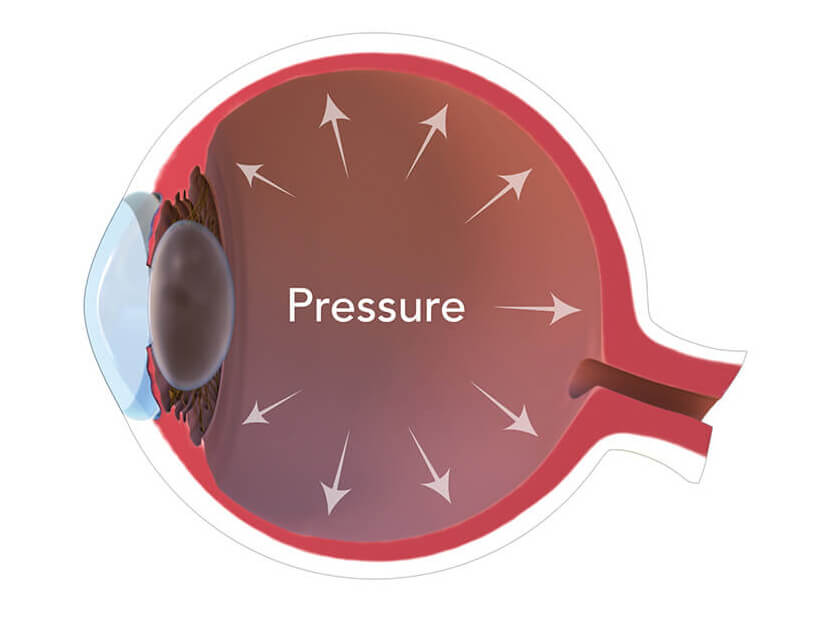 Increased Intraocular Pressure: A Serious Threat to Vision
Increased Intraocular Pressure: A Serious Threat to VisionIntraocular pressure refers to the fluid pressure inside the eye. This pressure is normally maintained within a specific range. However, when this pressure becomes excessively high, it can damage the optic nerve and ultimately lead to vision loss.
Causes of Increased Intraocular Pressure
Several factors can contribute to increased intraocular pressure, including:
Glaucoma: One of the most common causes of increased eye pressure, glaucoma is a condition where the fluid inside the eye doesn't drain properly, causing a buildup of pressure.
Eye inflammation: Inflammation in different parts of the eye can lead to increased eye pressure.
Eye injuries: Eye injuries, such as trauma or eye surgery, may cause a rise in eye pressure.
Eye tumors: Tumors inside the eye can block the flow of fluid and increase pressure.
Certain medications: Some medications, like corticosteroids, can contribute to increased eye pressure.
Symptoms of Increased Intraocular Pressure
Unfortunately, in the early stages, increased eye pressure often has no symptoms. This is why regular eye exams are crucial. As the condition progresses, symptoms may include:
Blurred vision
Seeing halos around lights
Loss of peripheral vision
Eye pain
Headaches
Emergency Measures for Increased Intraocular Pressure
If you or someone you know experiences symptoms of increased eye pressure, seek immediate medical attention from an ophthalmologist. The doctor will conduct necessary examinations to determine the cause of the increased pressure and initiate appropriate treatment. Increased intraocular pressure is a medical emergency, and any delay in treatment can lead to vision loss.
Treatment for Increased Intraocular Pressure
Treatment for increased eye pressure depends on the underlying cause. Some common treatment methods include:
Eye drops: To reduce the production of fluid inside the eye or increase drainage.
Laser therapy: To create openings in the iris to improve fluid drainage.
Surgery: In severe cases, surgery may be necessary to reduce eye pressure.
Preventing Increased Intraocular Pressure
To reduce the risk of developing increased eye pressure, you can:
Regular eye exams: Schedule regular eye examinations.
Control blood sugar: If you have diabetes, manage your blood sugar levels.
Control blood pressure: High blood pressure can increase the risk of glaucoma.
Healthy diet: Consume a diet rich in fruits, vegetables, and fish.
Regular exercise: Engage in regular physical activity.

 Increased Intraocular Pressure: A Serious Threat to Vision
Increased Intraocular Pressure: A Serious Threat to Vision
comment